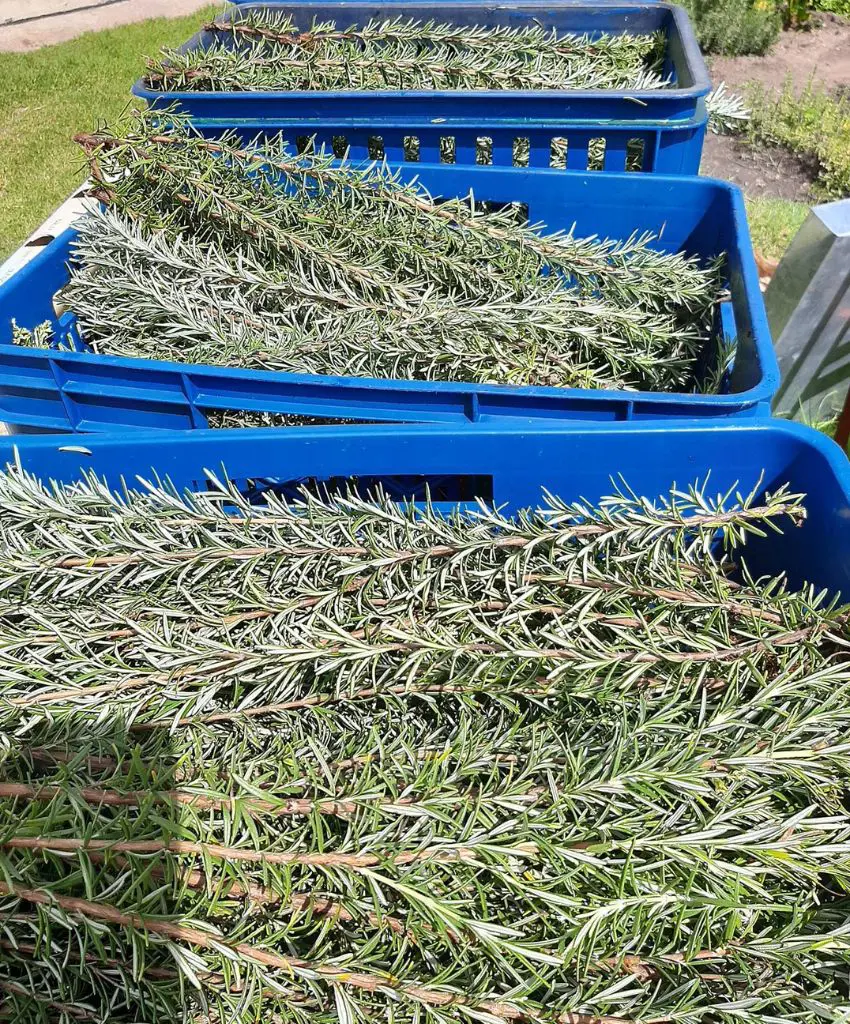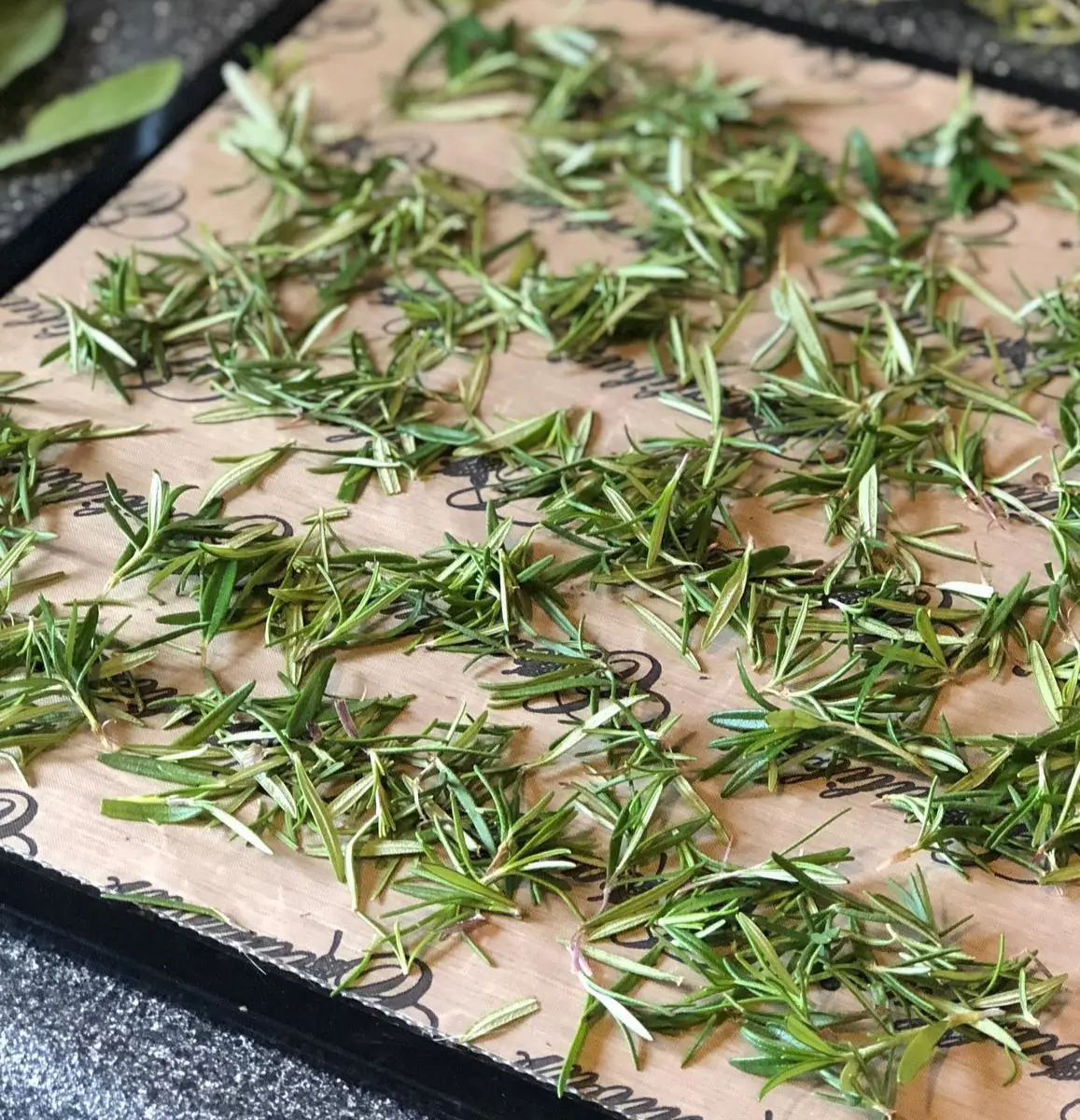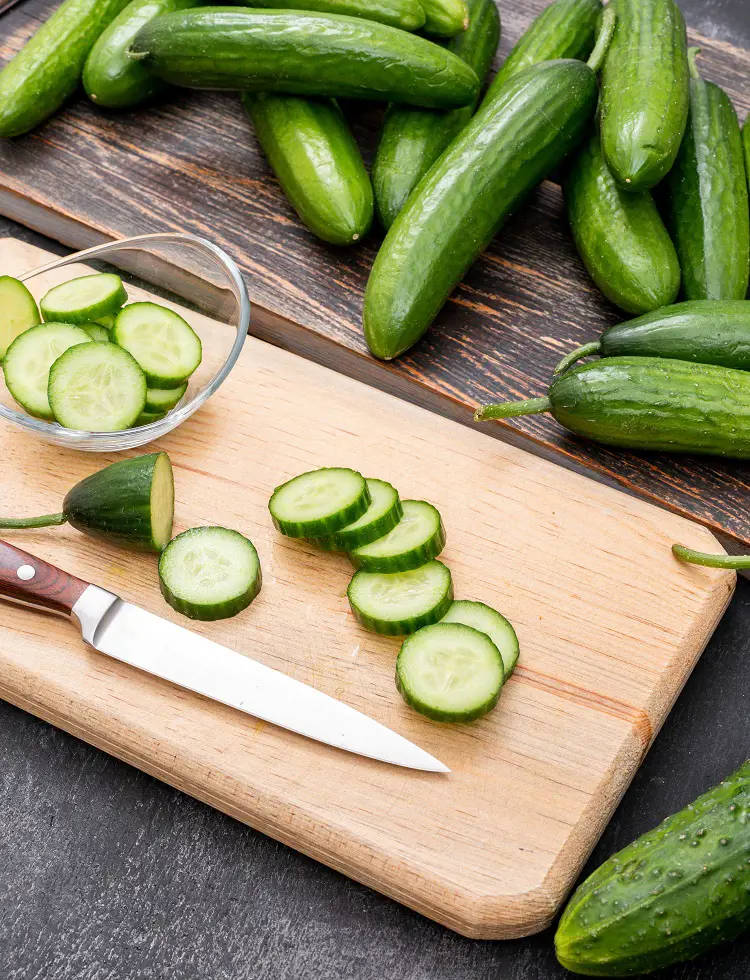Maintenance of Taste and Smell
Dry rosemary is very effective as seasoning because it gets much stronger when dried.
This yields the oils, thus providing a stronger taste than fresh rosemary, which can complement different meals such as soups, stews, and roasts.
Extended Shelf Life
The drying of rosemary can help preserve it for 1-3 years, while fresh rosemary will wither and become unusable within weeks.
This extends the shelf-life of the. And since it is a versatile herb, it is an ideal product to have in the long term.
Convenience and Versatility
Dried rosemary is more convenient to store and use compared to fresh ones.
It does not require a refrigerator and is less bulky. This makes it convenient for enhancing the flavor of marinades, rubs, and seasoning blends, among others.
Cost-Effective
Drying rosemary is economical, particularly if growing it in your herb garden. It helps in avoiding buying packaged and expensive dried herbs.
Thus, you acquire fresh rosemary during the harvest season, hence getting quality rosemary at cheaper prices, and this increases the value of your harvest.
Nutritional Preservation
It is good practice to dry rosemary because it preserves antioxidants and essential oils.
Sometimes nutrients are lost, but most are retained that have anti-inflammatory and antimicrobial benefits. This results in positive impacts on health.
Reduced Spoilage and Waste
Drying rosemary helps to preserve it, subsequently reducing wastage.
Fresh rosemary spoils rather fast, while dried rosemary has a relatively longer shelf life, which will help minimize the wastage of herbs once grown.













